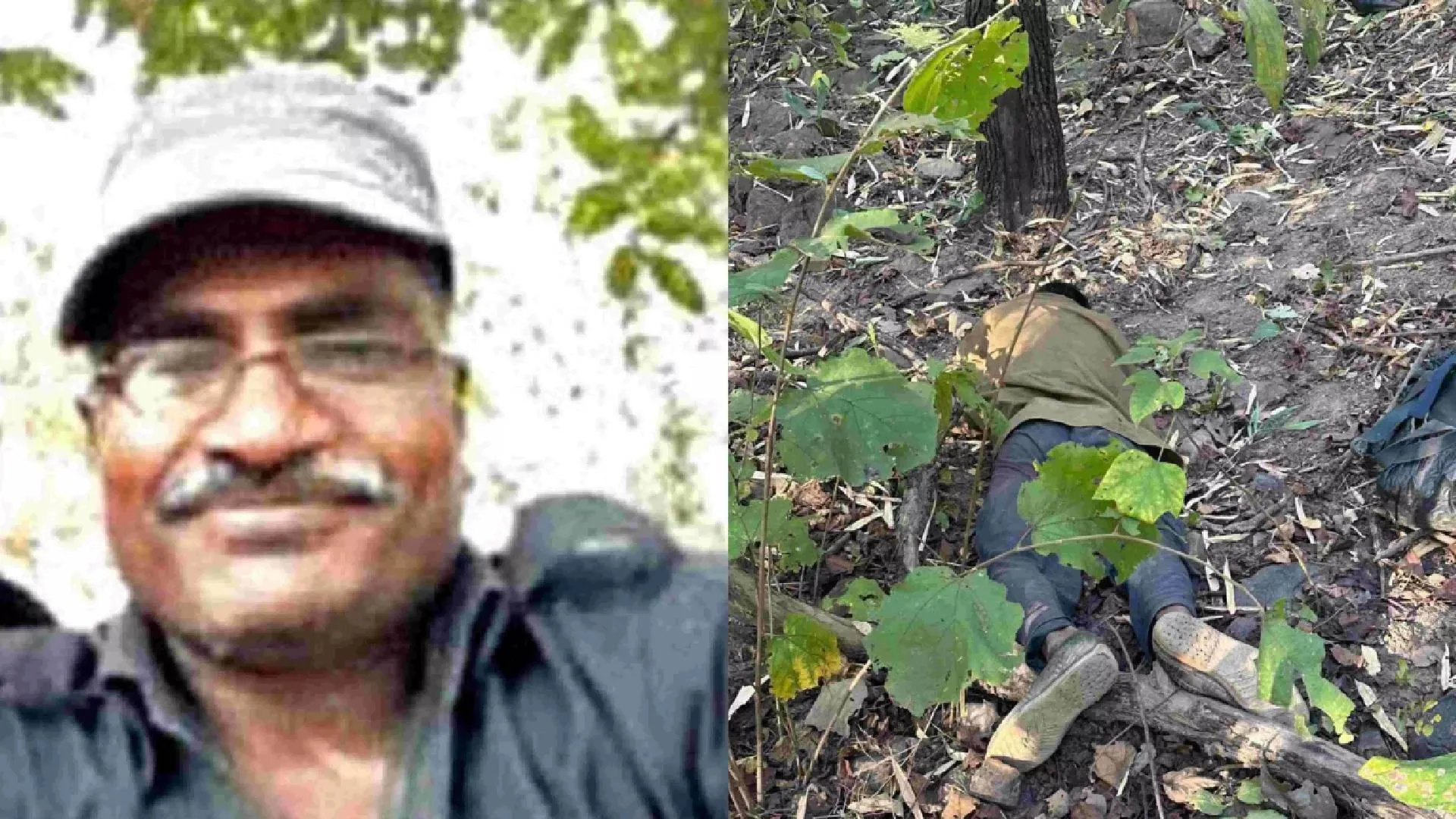The Maoist leader’s death in a gunbattle with security forces has shocked his native Chittoor district home village. Gari Pratap Reddy, who went by the nom de guerre of Chalapathi, was an influential leader of the Maoist outfit and held the position of Odisha secretary of the group.
Chalapati’s saga of transformation begins with his upbringing and grooming in the tiny village of Matyam Paipalle in Tavanampally Mandal. It was after passing on his PG levels in Madanapalle and Tirupati he joined the Sericulture Department.
After that point during his brief service period at Visakhapatnam, some essential Maoist circles got in contact, and ultimately his position increased among them by promotion.
Evasion and Infamy Marks This Career
Chalapathi gained notoriety for his ability to evade law enforcement. He had previously escaped a high-profile encounter in the Visakha Agency area. His ability to stay one step ahead of the authorities earned him a reward of ₹1 crore on his head, highlighting his importance as a target for security forces.
Despite his growing notoriety, Chalapathi’s family kept away from his activities. His elder brother, Chandrasekhar Reddy, is still working in the Sericulture department in Madanapalle, which is now part of Annamayya district. According to reports, the family had left their ancestral home long ago because of the growing tensions over Chalapathi’s Maoist activities.
Chalapathi’s Death: A Blow to the Maoist Movement
The killing of Chalapathi in Chhattisgarh has been seen as a major blow to the Maoist movement, particularly in the agency areas where his influence had been felt. The locals, many of whom had distanced themselves from the controversial figure, are now coming to terms with the impact of his death. The killing marks another chapter in the protracted conflict between Maoist insurgents and security forces in various parts of India.
As the dust settles, Chalapathi’s legacy as a key figure in the Maoist struggle remains, but his death marks a pivotal moment in the fight against insurgency in the region.





















